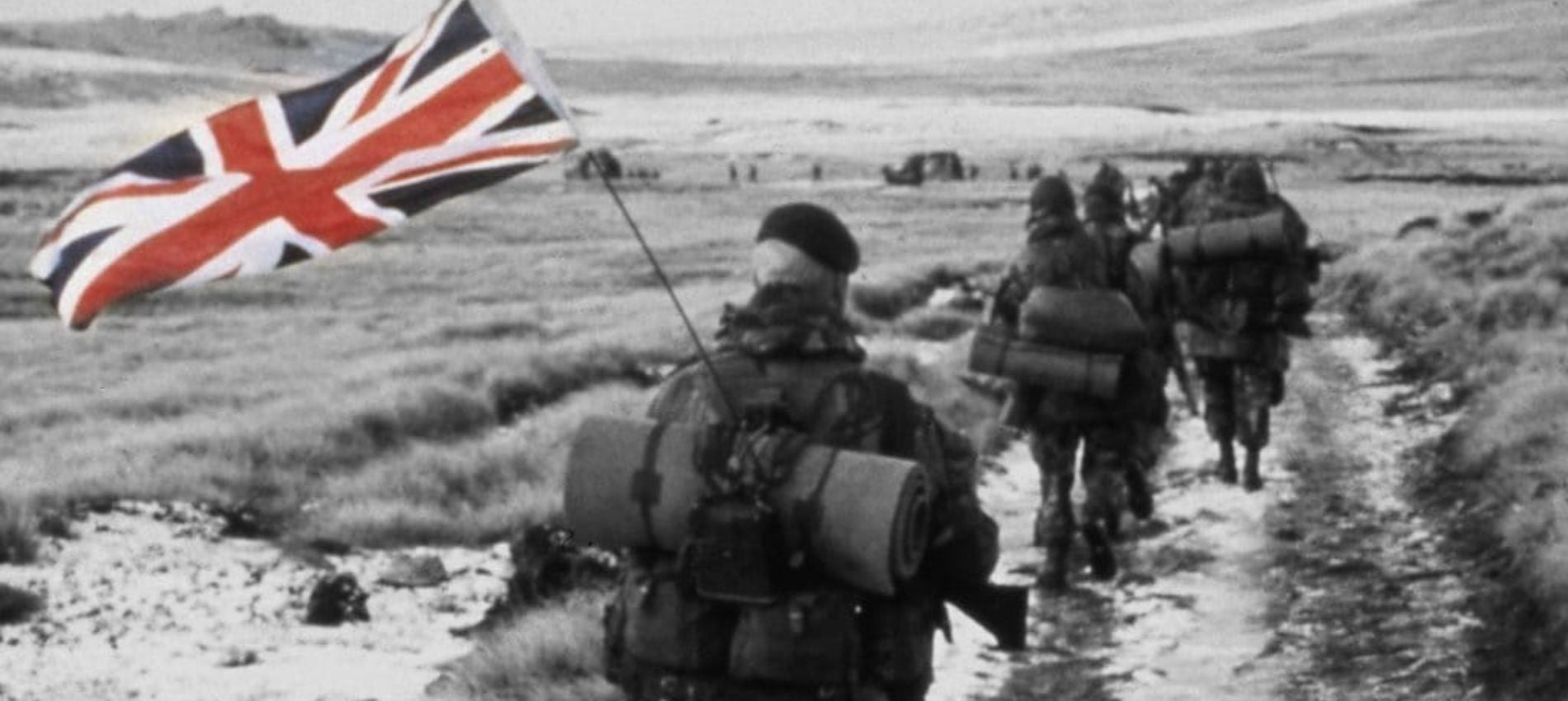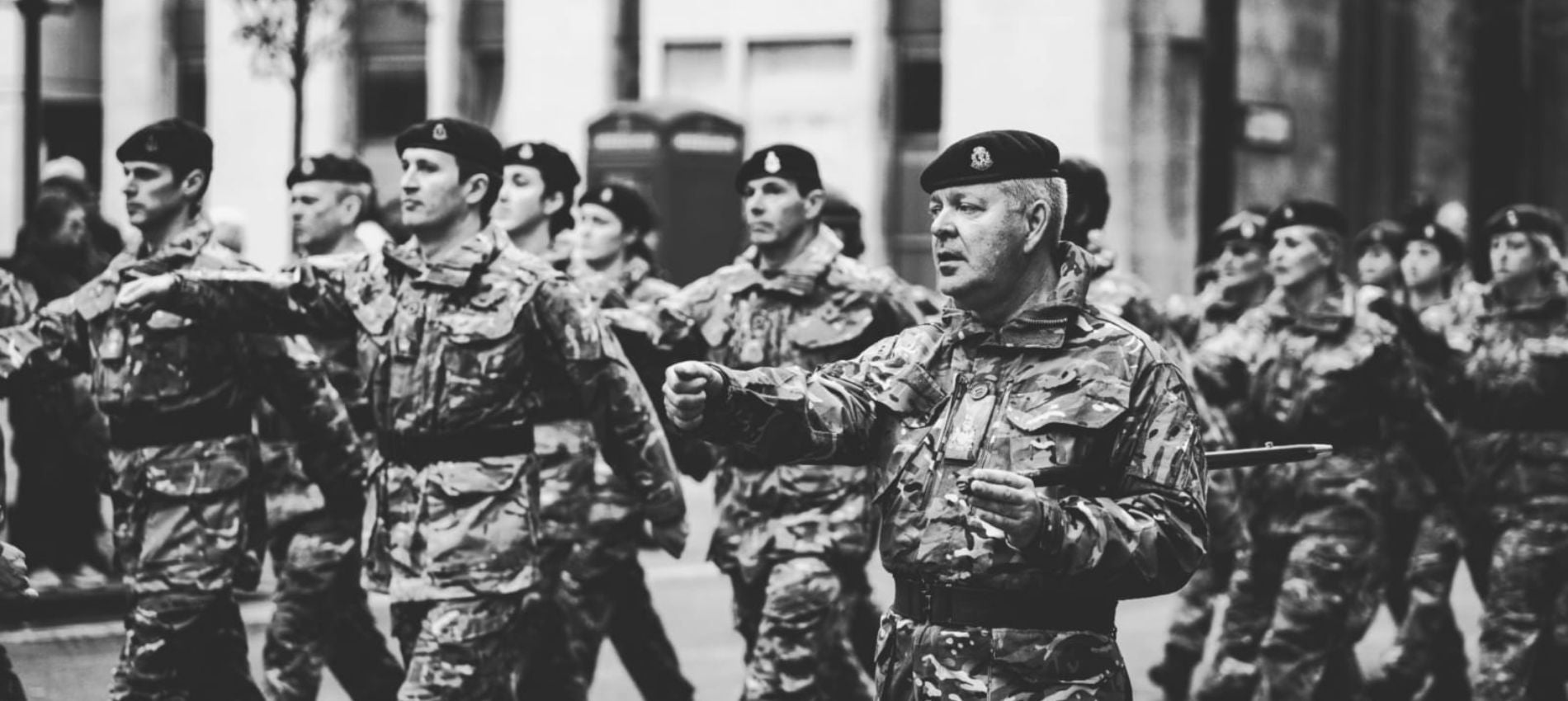What Is Yomping?

The history of the Yomp
On 25 May 1982, 2 Argentine Exocet missiles sank the British merchant navy container ship, the 'Atlantic Conveyor'. 12 men were killed in the attack. The remaining helicopters on board were destroyed and the loss of these helicopters meant the troops could no longer get to Port Stanley by air.
Instead, they had to yomp the entire distance. It's estimated that each soldier carried approximately 80 pounds of kit each, walking through rough terrains, such as peat bogs, and in unrelenting weather conditions.
The arduous 56-mile march or 'yomp' by Royal Marines of 45 Commando is often recreated for charity each year. Yomping is also firmly embedded within Royal Marine life, whereby recruits take part in the final of four tests, the infamous 30 miler across Dartmoor, to obtain their Green Beret.
What Are The Benefits?
Anyone can do it
Putting weight on your back and going for a walk could be simpler. The goal is to move more.
Get outside
Being outside is a basic need we all have as humans. We need to spend more time outside moving around and less time inside on phones or computer screens.
Resistance Training
Yomping builds muscle and strength while improving cardio and endurance.
Burns up to 3X More calories walking
Yomping you will burn up to 3x as many calories walking. This will depend on the amount of weight you are carrying. The faster you go with more weight the greater the challenge. Which means more calories burnt.
Good for your back and improves posture
A correctly weighted backpack will aid your posture.

YOMPING
The term ‘Yomp’ is now a modern day slang term for walking or trekking long distances heavily laden(with equipment) often over difficult terrain. The long-distance marching within training simulates a tactical advance in battle.The action of walking with weight on your back(Yomping) builds muscle and strength while improving cardio and endurance
How To Start Yomping
Get a backpack
If you are new to yomping, don't worry about which type of pack you use. There are rucksacks made specifically for yomping, but the important part is that you get started, so grab any backpack you can find laying around.
Add weight
Now that you have your bag, you need to put some weight on it. We recommend our yomp plates, specifically designed to fit our backpacks, but you can start with what you've got.
Grab a weight and wrap it in a towel for a cushion, and put it in the bag. Anything will work as your weight - dumbbells, bricks, books, you can even fill the bag with potting soil, just add weight.
When in doubt, start with 10-20 pounds.
Just walk
Put your pack on and start walking. It's that easy. Start at a comfortable pace and keep an upright posture. Over time, you can increase your weight, speed, and distance.
(Tip: start light and if your pack allows, keep the weight high and stable next to your back.
PACE GOALS: 15 minutes/mile is a good goal in terms of your pace. If you're moving slower than 20 minutes/mile, consider reducing the weight. Start with 1-2 rucks per week to get the hang of it. If you're brand new, you'll probably have some muscle soreness. That's a good thing!

ANYONE CAN DO IT
Put weight on your back and just move what could be simpler. With so many fads and complex fitness programmes out there often leading

RESISTANCE TRAINING
Yomping or walking with weight builds muscle and strength while improving cardio and endurance. Bringing both types of exercises together in a single movement

BURNS UP TO 3X CALORIES
Yomping burns a considerable amount more of calories than walking. Exactly how much will depends of weight and pace. The faster you go with more weight the more calories you burn

GET OUTSIDE
1 in 3 men and 1 in 2 women in the UK are classed as sedentary and do not meet minimum requirements for physical activity. Put down the phones, get away from the screens and get outside the health benefits are endless.

IMPROVES POSTURE
Our backpacks are designed to spread the weight evenly across your back pulling your shoulders back, which should aid in moving with proper posture. Eventually with or without the backpack as it carries over to everyday life!

BUILD MENTAL TOUGHNESS
Pushing yourself , creating your own personal challenges. Gradually adding more weight, more distance, moving faster. You can always take one more step!
